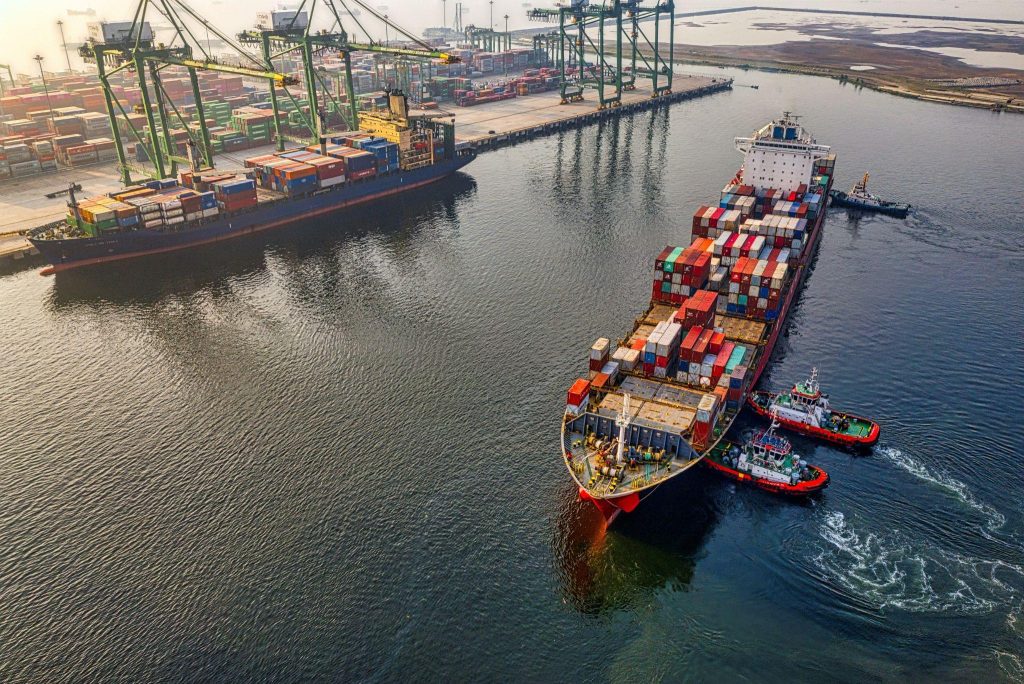Why Contingency Planning is Important for Automotive Supply Chains

Contingency planning is a good idea for businesses no matter their industry, but it can be especially important for automotive supply chains. Supply chain management requires a balance of caution and risk to get the best timeline, rates, and returns.
The Choreography of Contingency Planning
It can help to think of contingency planning as choreography, meaning there are lots of different factors to consider in a delicate balance. One case study in Murfreesboro, TN, which was described as choreography, identified how supply chain contingency plans need to recognize that the measures described are for when unforeseen circumstances occur. Yes, the hope is that contingency plans are not needed, but the reality is that it is not often the case that a full supply chain has no delays or unexpected occurrences. Contingency planning should have levels of severity to accommodate for the realistic assumption that there will be some necessary contingencies.
This means that contingency planning is a balance of factors for risk management and safety protocols, with plans for a variety of circumstances. A contingency plan for a supplier’s bankruptcy will look very different from one for a natural disaster in the transport phase of the supply chain, for example. Of course, the pandemic has affected every level of the supply chain, but good contingency plans are flexible, continually progressing to adapt to new world conditions like the continuing effects of COVID-19.
Keep the Customer’s Satisfaction Possible Even with Unplanned Delays

Contingency planning in automotive supply chains allows for the end-goal customers to be satisfied with their products. Material Handling & Logistics comments that maintenance parts are often excluded from supply chain contingency planning, despite the financial impact on end-users. When you want to prioritize the end-user customer’s satisfaction, that means trying to plan for even the most unexpected possibilities that could come up with the supply chain along the way.
As Inmar Intelligence explains, interruptions within the supply chain are highly concerning among executives, yet many businesses fail to take the appropriate steps required to accommodate even for regular or typical delays.
Continually Maintaining Quality and Reliability of Suppliers
Proper contingency planning ensures high-quality products are delivered on time, which not only helps with customer satisfaction but also with brand image. Before getting further into the supply chain, the first step is considering the quality of the original suppliers. The best contingency plan made for the last step of the chain won’t be as effective if you don’t start with quality products at the beginning. Automotive supply chains often take months if not years from beginning to end. This means that the longevity and quality of the materials and production methods can become extremely relevant in the success of later stages of the chain. You may need to perform supplier audits periodically, with a full risk assessment that includes suppliers’ processes and business continuity plans.
Similarly, one of the most important factors in contingency planning is continually evaluating the reliability of suppliers. While businesses should carefully consider the reliability of suppliers before engaging their services, that should not be a one-and-done examination. Objectively consider how well your suppliers do with the inevitable small delays or concerns that come up through the regular course of business with them. If suppliers don’t weather the small storms effectively, you won’t be able to depend on them when larger concerns come. Suppliers should have their own contingency plans in place on their end, which form a part of the larger contingency plan for the whole supply chain.
Addressing the Automotive Market Volatility Through Proactive Optimization
It may be impossible to completely anticipate the volatility of the vehicle market, but that doesn’t mean that a supply chain management process cannot effectively mitigate risk through proper contingency planning. Attention to detail with supply chain contingency safeguards present operations and predicts future flow. Inbound Logistics explains supply chain management goes beyond executing timely shipments. In addition, operation transparency, fluidity, and robustness must be considered. Strategic focus through contingency planning is a safety net, giving a cushion that businesses can use to make changes without risking customer satisfaction and success.
In other words, emergency planning shouldn’t be the last resort but a priority. This way, contingency planning is not simply a passive procedure that will hopefully never be implemented, but rather an active evaluation for continually optimizing the supply chain at every step.
What Does Contingency Planning Look Like in an Automotive Supply Chain?

Obviously, not every automotive supply chain looks the same. However, there are certain common factors to consider. Your automotive supply chain contingency planning should work to leverage risk management, recognizing what is controllable and what is not. The right transportation service, like a top NVOCC (Non-Vessel-Operating Common Carrier), can provide most of the contingency planning when engaged by a business to be the transportation element in the automotive supply chain.
Overall, contingency planning can make all the difference for your business, not just in the success of the automotive supply chain, but in customer satisfaction and brand recognition, and reliability. Do the prep work to plan for what could come up, and you can do your best to be ready for whatever does end up coming your way.




